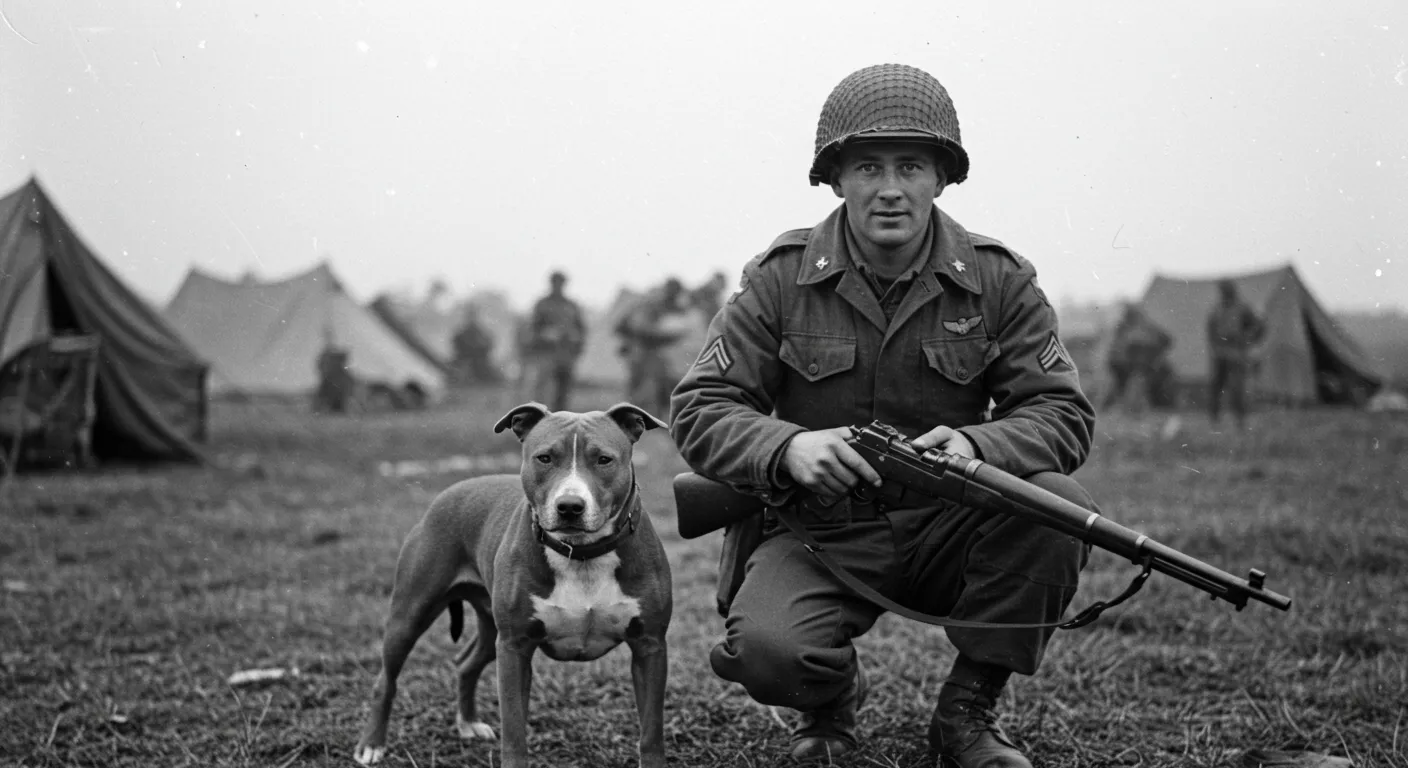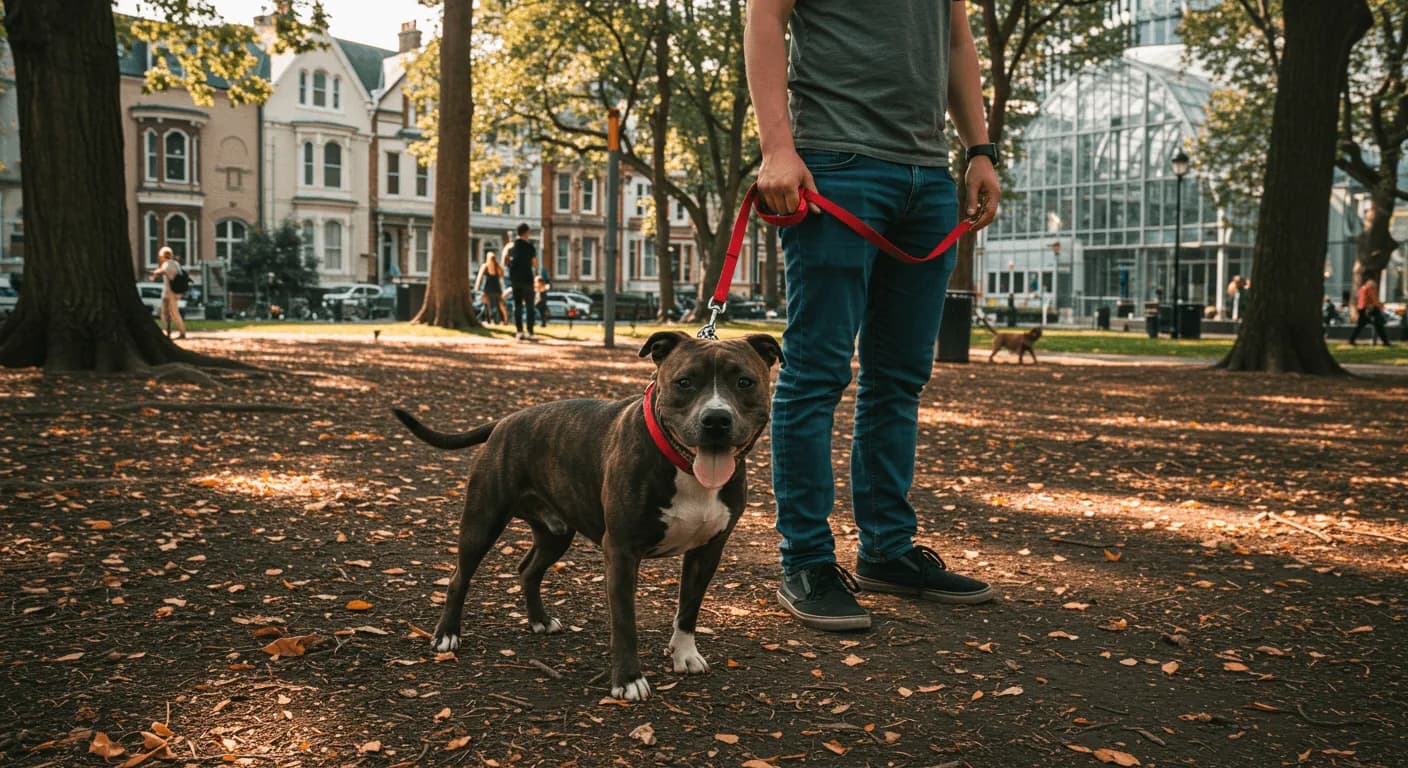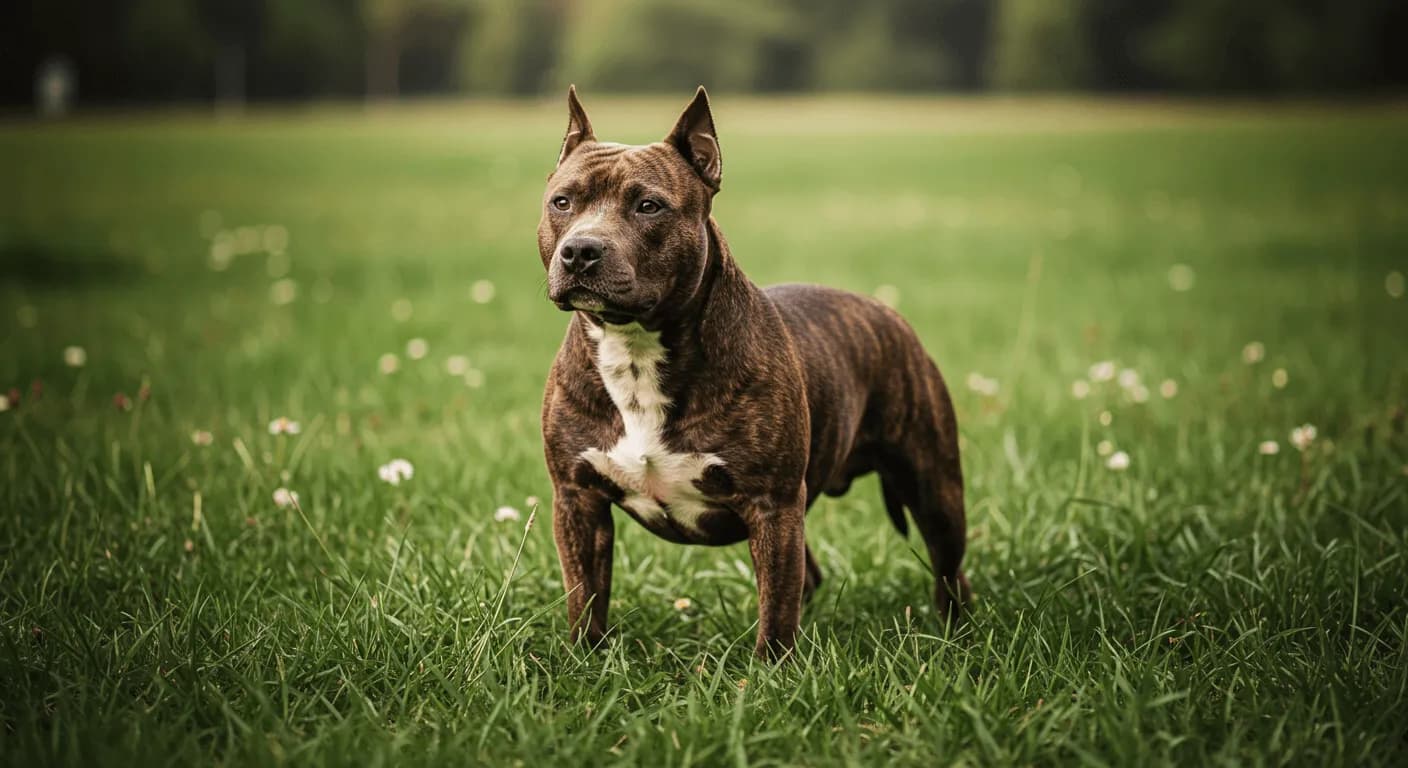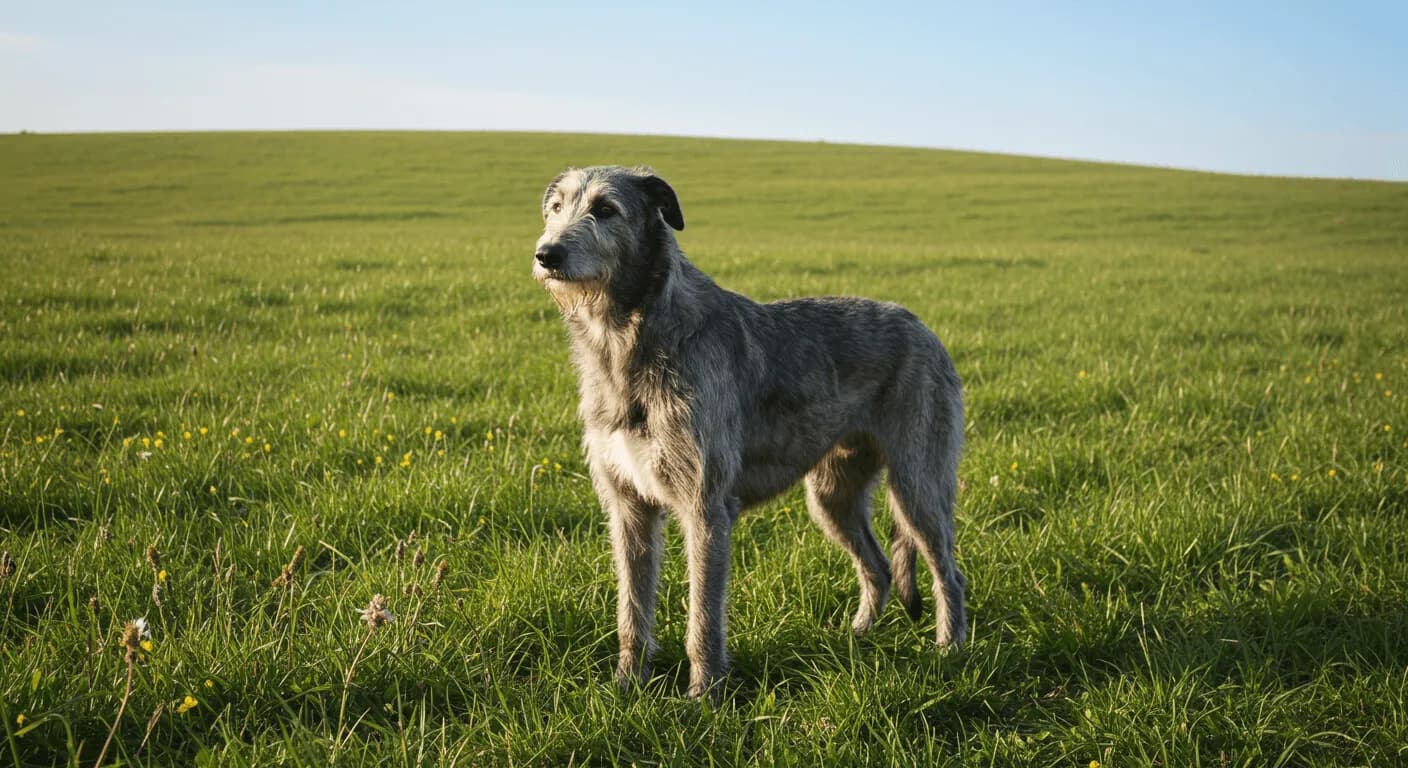The American Staffordshire Terrier, often affectionately called the "AmStaff," is a breed with a rich and complex lineage that spans continents and centuries. In this article, readers will uncover where the American Staffordshire Terrier came from, how it developed over time, and the crucial roles it played in human society. From its bulldog and terrier roots in 19th-century England to its modern recognition as a loyal and versatile companion in the United States, we explore the fascinating tapestry of this breed’s journey. Whether you're a canine historian, an aspiring breeder, or simply a passionate dog lover, this in-depth look at the American Staffordshire Terrier history and origin offers insight into one of America’s most iconic breeds.
Early Origins and Ancestral Lineage
To understand the American Staffordshire Terrier history and origin, it's essential to begin with its ancestral bloodlines, which trace back to 19th-century England. This breed is a descendant of the old-type Bulldog and several now-extinct terrier breeds, including the Old English Terrier.
These crosses were originally bred for their combination of strength, agility, and tenacity. The result was a powerful and courageous canine capable of excelling in work, sport, and companionship. The foremost ancestors were collectively referred to as bull-and-terriers—hybrids designed purposely for blood sports such as bull-baiting and later ratting and dog fighting.
When bull-baiting was outlawed in England in 1835, enthusiasts turned to dog fighting, a cruel yet historically significant activity in shaping the breed. Through selective breeding for traits like gameness, physical sturdiness, and loyalty to humans, a narrower and standardized type began to emerge—the roots of what would become several breeds including the Staffordshire Bull Terrier and, eventually, the American Staffordshire Terrier.
Where the American Staffordshire Terrier Came From
- What country the American Staffordshire Terrier came from: The breed originated in the United Kingdom, particularly in the English Midlands, but it was further developed into its American form in the United States.
- Original native landscape: The industrial towns of 19th-century Birmingham and Manchester played a key role. These urban environments encouraged the rise of working-class dog sports where these muscular, agile dogs were popular.
- Cultural significance: The dogs were well-regarded among the working class as both protectors and status symbols.
- Environmental influences on breed development: The dense urban settings of England and rural American farms where they were later introduced shaped their temperament and physical abilities.
When English immigrants brought their dogs to the United States in the mid-to-late 1800s, breeders began developing a new variation—larger and more heavily muscled than their English counterparts. This unique American style was known by several names, including Pit Dog, Pit Bull Terrier, and eventually American Bull Terrier.
When the American Staffordshire Terrier Was First Bred
In America, breeding began earnestly in the second half of the 19th century, around the 1870s. Here, the dogs were often associated with dogfighting but also became farm helpers and guardians of families and livestock. Contrary to some beliefs, many were also bred for loyalty and companionship, traits that would cement the breed as both powerful and affectionate.
The breed gained public visibility in the early 20th century through newspaper stories, side-show exhibits, and eventually American Kennel Club interest. While fighting lines continued to exist underground, another path was being paved—breeding dogs for show and family life.
How the American Staffordshire Terrier Was Developed
American breeders worked toward creating a more refined version of the original English bull-and-terrier breeds. They emphasized size, a more blocky head, and a steady and reliable temperament. Over time, a consistent physical and temperamental standard began to emerge.
- Selective breeding focused on:
- Larger skeletal structure
- Loyal but manageable temperament
- Short, glossy coat with distinctive color patterns
- Strong jawline and broad head for physical strength
- Emphasis was also placed on:
- Human-oriented personality for home life
- Strength for working roles (guarding and farming tasks)
- Agility and obedience
This led to a distinct breed that had only tenuous ties with the underground fighting world, particularly in the AKC-recognized line that would become formally known as the American Staffordshire Terrier in 1936.
Naming and Nomenclature: How the American Staffordshire Terrier Got Its Name
The etymology of the breed’s name reflects its hybrid roots and geographical journey:
- "Staffordshire" links the breed to its ancestral home—the Staffordshire region of England, a heartland for early bull-and-terrier development.
- "Terrier" denotes its sprightly, agile, and courageous lineage.
- The term "American" was added to distinguish it from the smaller, British Staffordshire Bull Terrier.
In 1936, the American Kennel Club officially recognized the breed under the name Staffordshire Terrier. However, in 1972, to avoid confusion with its British cousin, the breed was renamed the “American Staffordshire Terrier.”
Historical Role and Function: What the American Staffordshire Terrier Was Bred For
Historically, the American Staffordshire Terrier was bred for several intended purposes:
- Combat-oriented roles in dog fighting rings, which were legal and popular in 19th-century England and early-America.
- Utility roles on farms—handling vermin, guarding property, and serving as family protectors.
- Companionship, especially when properly socialized and trained.
Over time, its function evolved dramatically. Beginning in the 20th century, AmStaffs were increasingly bred for show standards and home life. Their dependable temperament, strength, and willingness to please made them stars in obedience trials, agility, and, more recently, therapy and service work.
Historical Roles Included:
- Guard dogs for property and family
- Working farm dogs handling livestock and hunting pests
- Military mascots and morale boosters during both World Wars
- Trick and exhibition dogs in early traveling shows and vaudeville acts

First Known Mentions and Public Recognition
The breed appeared in early American dog-related documentation as early as the 1880s, albeit under different names. The most prominent early records include:
- Appearance in dog-show catalogs during the 1890s
- Registration with the United Kennel Club (UKC) in 1898 under the terms Pit Bull Terrier and American Bull Terrier
- Gradual public recognition and rebranding beginning in the 1920s and 1930s
American Popularity and Cultural Recognition
AmStaffs quickly became popular in early American advertising and pop culture. They were even typecast as the “All-American Dog.”
Notable AmStaffs in pop culture include:
- Pete the Pup, the loyal sidekick featured with kids in the “Our Gang”/“Little Rascals” film and TV series
- Dogs used during WWII in recruitment posters and morale campaigns, symbolizing bravery, loyalty, and American ideals
Bloodlines and Breed Societies
The American Staffordshire Terrier bloodlines history is shaped largely through organizations committed to preserving and promoting the breed’s traits.
- The American Kennel Club (AKC) officially recognized the Staffordshire Terrier in 1936 and changed the name to American Staffordshire Terrier in 1972.
- The United Kennel Club (UKC) maintains a distinct standard for the "American Pit Bull Terrier," which shares ancestry with AmStaffs but is recognized separately.
Although some dogs today still fall close to both lines, AKC-registered AmStaffs are bred strictly for conformation and temperament.
When the American Staffordshire Terrier Came to America
AmStaff-type dogs first arrived in America during the 1850s–1870s as their British owners immigrated to seek better lives in the New World. They likely arrived via ships carried by working-class Englishmen seeking employment in factories and on farms.
They grew in popularity due to their:
- Loyalty and ability to bond closely with humans
- Versatility in handling farm duties
- Reliable protective instincts, especially for households with children
These dogs remained unofficial and unstandardized for decades before formal recognition began.
Ongoing Significance and Modern Role
Today, the American Staffordshire Terrier stands as a symbol of strength, intelligence, and loyalty when raised in nurturing environments. Their historical image has undergone rehabilitation from misunderstood fighter to beloved family dog.
They remain popular in various roles, including:
- Therapy assistance
- K9 search and rescue
- Obedience and agility sports
- Pop culture representation as loyal companions

Key Milestones in the Breed’s Development
- Mid-1800s: Bull-and-terrier type dogs emerge in England
- 1850s–1870s: Dogs arrive in the U.S. with British immigrants
- 1898: UKC officially registers the breed as American Pit Bull Terrier
- 1936: AKC recognizes the Staffordshire Terrier
- 1972: AKC renames it the "American Staffordshire Terrier"
- 20th century onward: Transition from working/fighting dogs to family and show dogs
Summary of Historical Contributions
The breed's journey from England’s working classes to American show rings and homes exemplifies its adaptability and enduring appeal.
- Power and temperament bred for performance
- Deep cultural symbolism through generations
- Dual legacy as both misunderstood fighters and noble companions
Why the American Staffordshire Terrier's History Matters
Understanding the American Staffordshire Terrier bloodlines history and its cultural healing over time is critical for responsible ownership and breed advocacy. As modern misconceptions about "pit bull-type dogs" persist, the AmStaff’s rich heritage serves as a powerful reminder of what this breed can truly offer—a loyal, loving, and capable companion.
Stay tuned for the concluding section where we will summarize the modern relevance and ongoing legacy of the American Staffordshire Terrier in today's world.## Conclusion
The American Staffordshire Terrier’s story is one of resilience, transformation, and enduring loyalty. From its roots in 19th-century England as a strong and tenacious working dog to its evolution into a symbol of companionship and courage in America, the breed’s journey reflects the broader human-dog relationship—filled with challenges, growth, and deep emotional bonds.
Understanding the American Staffordshire Terrier history and origin helps shed light not only on where the breed came from and what it was bred for, but also on how breed perception has shifted over time. Once bred for grit and tenacity in harsh environments, today’s AmStaff is loved for its affectionate nature, family devotion, and remarkable versatility.
For those considering welcoming an American Staffordshire Terrier into their lives or simply seeking a deeper appreciation of the breed's legacy, knowing its past is essential. This insight builds respect for the breed and reinforces the importance of responsible ownership, informed breeding, and continued advocacy.
Ultimately, the American Staffordshire Terrier holds an irreplaceable place in the world of dogs—a testament to strength balanced with gentleness, courage paired with loyalty, and a remarkable capacity to love.




